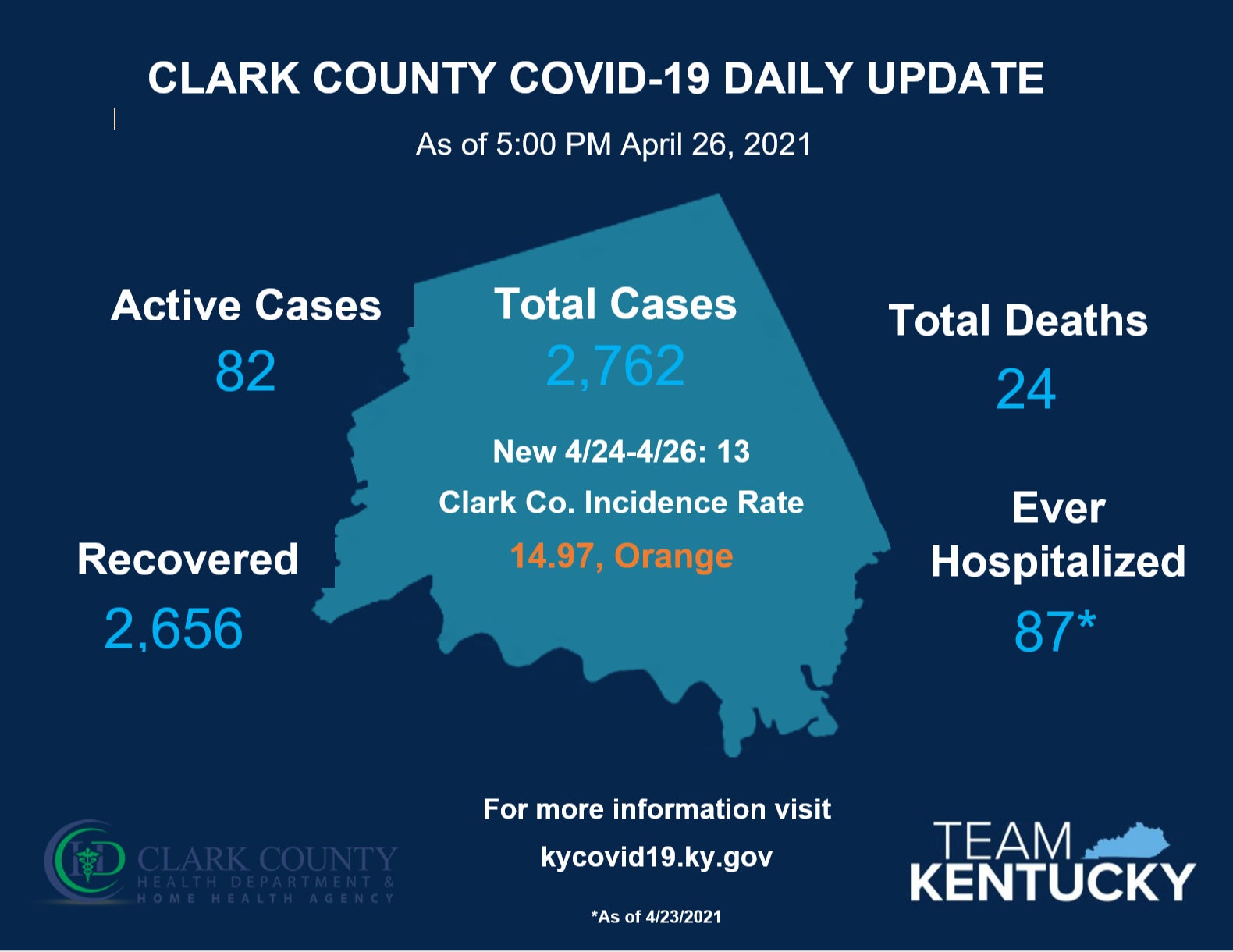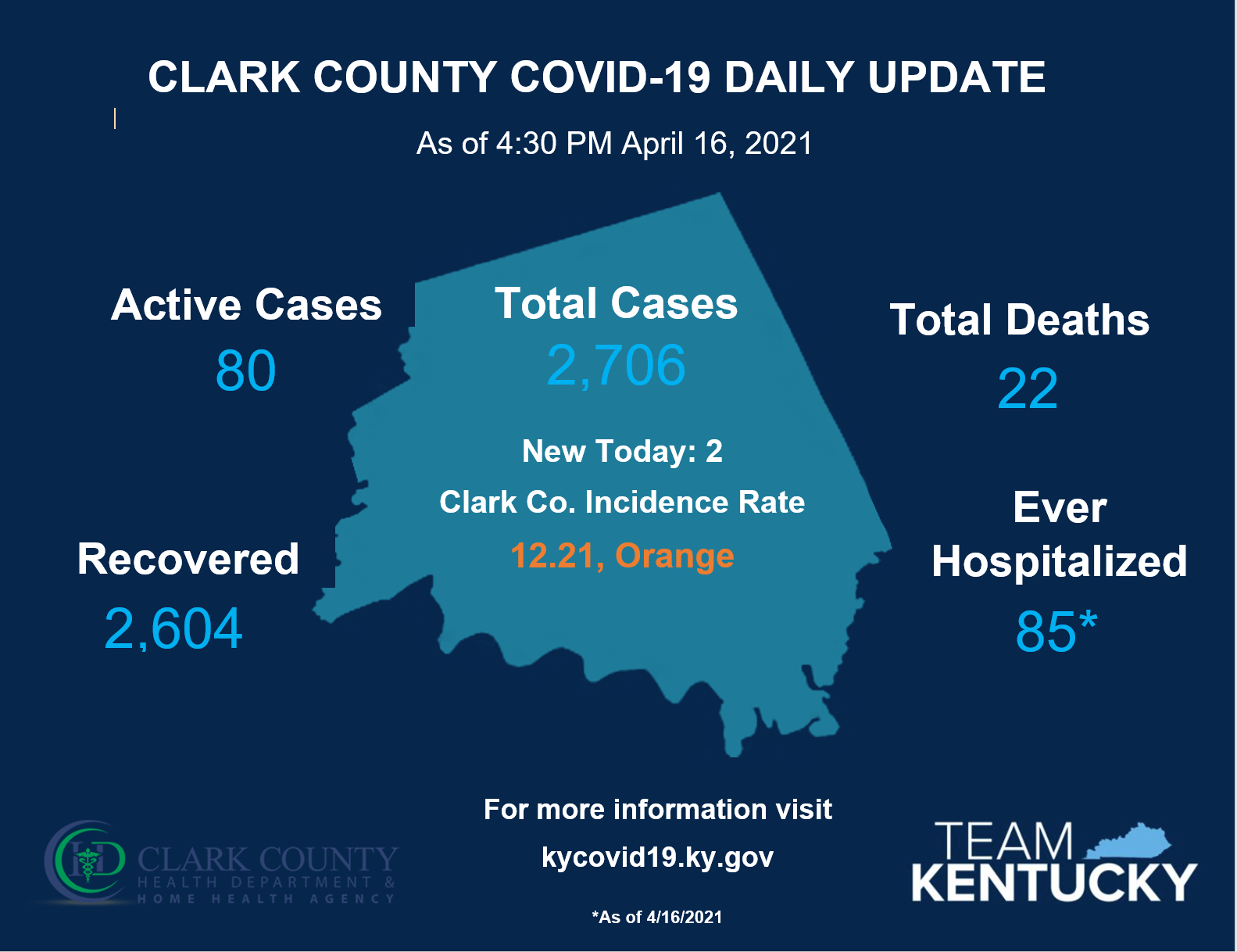COVID-19 index places Clark at moderate risk
Published 12:36 pm Wednesday, April 15, 2020
|
Getting your Trinity Audio player ready...
|
Every community in the country will be affected by the novel coronavirus, but differences in health and socio-economic factors will mean some will need more support than others.
That is the emphasis of the COVID-19 Community Vulnerability Index (CCVI) published this year by the Surgo Foundation, a global development research group based in London and Washington, D.C.
The study is mapped to U.S. census tract, county and state levels, and its purpose is to help inform COVID-19 planning and mitigation at the local level.
Jen Algire, president and chief executive officer of The Greater Clark Foundation and moderator of a weekly Zoom meeting of local leaders who are working together to address the coronavirus epidemic and its effects in this community, shared a link to the study with participants recently.
“This helps decision makers target resources where they are most needed,” she said, quoting the report.
She said that while Clark County is considered moderately vulnerable, according to the study, some of the counties, mostly to the east of Winchester, that provide a large part of this community’s workforce and consumer spending are ranked at high or very high risk.
“This kind of information may be valuable as we move forward together,” Algire said.
Todd Denham, economic development director for Winchester and Clark County, said about 40 percent of the local workforce over time tends to come from counties to the east of Clark, such as Estill, Powell and Montgomery counties.
The U.S. Department of Labor’s Bureau of Labor Statistics numbers show that in April 2019, Clark County had a civilian labor force of 17,363, which drew from a labor market area of nearly 400,000.
A 2015 study by the U.S. Department of Commerce’s Bureau of the Census showed that of Clark County’s 15,171 residents, 4,897 worked in the county, and of the total workforce of 13,407, most, 8,510, commuted into Clark County to work.
The index map ranks vulnerability in five categories: very low, low, moderate, high or very high.
Clark County ranked 0.594, which was considered moderate.
In neighboring counties, Fayette and Madison ranked 0.212 and 0.288, respectively, and were considered low vulnerability. Montgomery County, at 0.730, was categorized as highly vulnerable. Those that ranked very high were Estill, at 0.916; Powell, at 0.890; and Bourbon, at 0.80.
Kentucky as a whole ranked in the very high category at 0.80.
The study listed six “themes” of indicators that contributed to its vulnerability rankings:
– socioeconomic status
– household composition and disability
– minority status and language
– housing type and transportation
– epidemiological factors
– health care system factors
The first four themes are Centers for Disease Control and Prevention Social Vulnerability Index factors, and the last two themes are listed as COVID-19 specific factors.
According to a statement on its methodology: “A percentage measurement is applied to a geographic area for each theme, and these measures are aggregated to create a single composite CCVI score for that area. Each theme has been equally weighted to establish baseline trends.”
“The CCVI is not designed to predict which individuals will become infected with coronavirus —instead, it tells us about the anticipated negative impact at the community level,” the report states.
Of the 10 most vulnerable counties in the United States, seven were in Mississippi, including the top four most vulnerable. The others were in Idaho, Georgia and Texas.
Of the 10 least vulnerable, five were in Colorado, two were in Wisconsin, one was in North Dakota, one in Ohio and one in Vermont.
“All levels of government and many organizations are working around the clock to prepare their communities for COVID-19,” the report says in a statement on understanding the vulnerability index. “Some communities are more vulnerable than others — they have a limited ability to mitigate, treat and delay transmission of a pandemic disease, and to reduce its economic and social impacts.”
The report can be read at precisionforcovid.org, and information about the Surgo Foundation is available at surgofoundation.org.
Questions may be emailed to covid19@surgofoundation.org.






